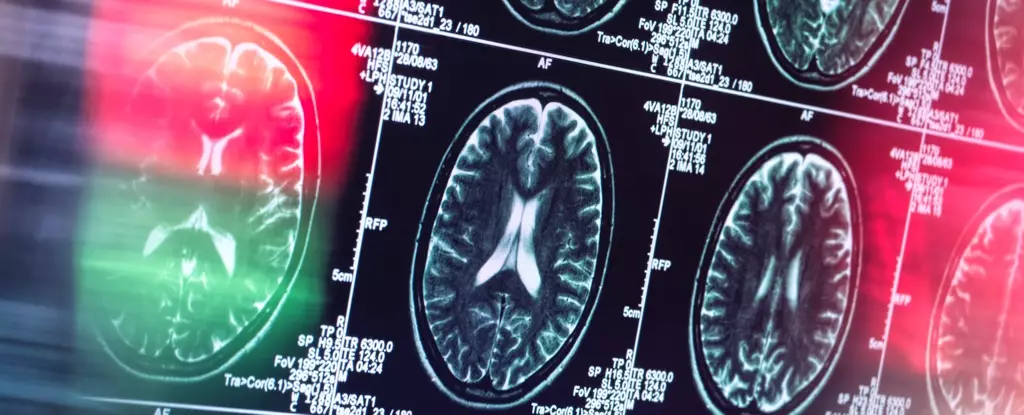The pursuit of a cure for Alzheimer’s disease has become a complex battleground, highlighted by controversies and setbacks that have tainted the scientific community’s efforts. Highlighting the urgency of this issue, recent revelations have raised serious doubts about foundational research, notably a 2006 paper in Nature that identified beta-amyloid as a critical factor in Alzheimer’s development. According to a July 2022 report from Science magazine, this pivotal study may have relied on manipulated data, calling into question the validity of subsequent research focused on this protein. This incident adds to the existing discontent surrounding the approval of aducanumab, a drug targeting beta-amyloid, which drew heavy criticism for its incomplete clinical data yet was approved by the U.S. Food and Drug Administration in June 2021. These events call into question the direction of current Alzheimer’s research and the efficacy of the treatments being pursued.
Over 50 million people globally are living with dementia, and new diagnoses occur every three seconds. Yet, despite this alarming statistic, the field remains mired in contentious debates and conflicting theories about the fundamental nature of the disease and its treatment.
For many years, neurological research has been predominantly fixated on beta-amyloid and its formation of toxic clumps in the brain. This singular focus may have inadvertently led to intellectual stagnation among scientists, with new approaches often relegated to the background in favor of established paradigms. The commitment to tackling the disease through the lens of beta-amyloid has yielded few effective treatments, necessitating a re-evaluation of research priorities.
Emerging from this milieu is the proposition of viewing Alzheimer’s not merely as a disorder characterized by abnormal protein aggregates, but rather as a complex interplay of various biological systems, especially those regulating the immune response within the brain. The Krembil Brain Institute in Toronto is at the forefront of this conceptual shift, suggesting that understanding Alzheimer’s as primarily a disorder of the immune system offers new avenues for inquiry and treatment.
Recent investigations into the pathophysiology of Alzheimer’s have posited that beta-amyloid may not be an anomaly but rather an integral component of the brain’s immune response. In scenarios such as trauma or bacterial infections, beta-amyloid could serve a protective function, mobilizing the immune system and facilitating recovery. However, this function comes with a caveat: due to structural similarities between the membranes of bacterial cells and those of neurons, beta-amyloid potentially misidentifies brain cells as threats, leading to collateral damage that precipitates cognitive decline.
The implications of this theory are profound. If Alzheimer’s is indeed an autoimmune condition in which the brain’s defenses mistakenly attack its own tissue, it opens new doors for treatment possibilities. However, therapies used for other autoimmune diseases are unlikely to yield results in the case of Alzheimer’s. The brain’s unique and intricate makeup necessitates innovative strategies that specifically target immune-regulatory pathways.
Interestingly, alongside the immune-centric perspective, additional theories are gaining traction within the scientific community. Some researchers propose that mitochondrial dysfunction—often likened to cellular power outages—could underlie cognitive deficits, as these organelles are essential for engendering the energy required for thought and memory. Others hypothesize that chronic infections, particularly those stemming from the oral cavity, may also bear significant consequences for neurodegeneration.
Moreover, an aberrant handling of metal ions, such as zinc, copper, or iron, within the brain has also been suggested as a pathological factor contributing to Alzheimer’s disease. These growing lines of inquiry highlight the imperative for a multifactorial understanding of Alzheimer’s, encouraging diverse perspectives that might converge to illuminate its causes.
Given the enormity of the Alzheimer’s crisis affecting millions of families worldwide, an urgent demand for innovative ideas has emerged. Current treatment avenues are insufficient, and the necessity for fresh directions in research has never been more critical. The overarching goal remains clear: to foster a deeper comprehension of Alzheimer’s disease, investigate its multifaceted causes, and develop interventions that can alleviate the burden for patients and their families.
In closing, the complexities of Alzheimer’s disease warrant a dynamic and inclusive approach that transcends traditional paradigms while emphasizing collaboration across multiple domains. For the sake of the millions bearing the weight of dementia, the scientific community must rise to the occasion, embracing an era of exploration and creativity in the search for solutions to this formidable public health challenge.

